Careful monitoring, often with feed trays, increases efficiency
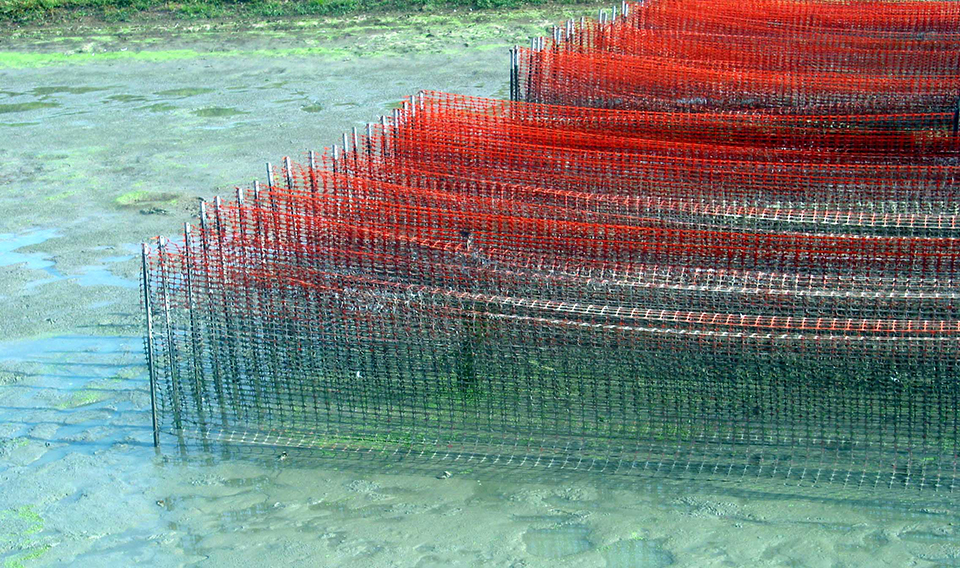
Freshwater prawns have nutritional requirements similar to those of penaeid shrimp. However, the diets used in commercial prawn production usually contain less total protein and fishmeal than those used in penaeid culture. This is due primarily to the lower biomass densities at which prawns are cultured, which allow natural foods to make a greater contribution to their nutritional demands.
For example, in extensive culture, freshwater prawns are stocked at 1 to 4 animals per square meter, and production levels of less than 500 kilograms per hectare year are achieved relying solely on ponds’ natural productivity. In semi-intensive prawn production, animals are stocked at 4 to 20 per square meter with fertilization and a balanced feed ration applied. Semi-intensive grow-out results in production rates of 500 to 5,000 kilograms per hectare year.
Intensive culture refers to high-input production utilizing continuous aeration, rigorous water quality control, and nutritionally complete feed. Under intensive culture conditions, production rates over 5,000 kilograms per hectare year can be achieved.
The anticipated levels of input and projected production rates largely determine the feeding and/or fertilization regimes used at prawn facilities.
Fertilization and natural productivity
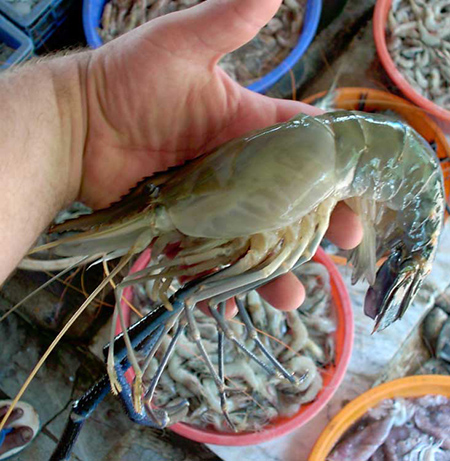
Semi-intensive production is the most commonly used technology level in freshwater prawn farming. At the beginning of the rearing period, when biomass densities are low, some semi-intensive farmers rely on organic and/or inorganic fertilization rather than feeding. Others find that providing feed from the beginning improves production and is cost-effective.
Early in the production cycle, it is necessary to maintain an adequate phytoplankton density to prevent the growth of aquatic weeds. Some producers stimulate an algae bloom through the addition of an inorganic fertilizer such as 0-36-0 at 9 kg phosphorous per hectare. However, in older, fed ponds, it is often unnecessary to fertilize, as the phytoplankton blooms are sustained by nutrients from the feeding of the prawns.
The exception may be in relatively new ponds and those with sandy clay soils, where it may be difficult to obtain a bloom. When using any fertilizer, it is important to monitor the water pH, as heavy phytoplankton densities can result in high afternoon pH levels greater than 10, which can kill prawns.
Benthic macroinvertebrates like worms, snails, and insect larvae are important food items for freshwater prawns. Fertilization to increase the numbers of benthic fauna is therefore advantageous.
Some farmers use a one-time application of animal manure at 500 kilograms per hectare for this purpose. However, this is not encouraged due to the potential for oxygen depletion and possible contamination with heavy metals and/or antibiotics. Other organic materials, such as distillery byproducts, chopped hay, alfalfa meal, or rice bran, are safer and can be applied at the same rate.
Prepared diets
Although more expensive, some farmers prefer to feed a prepared diet throughout the production period. This feed acts both as a direct nutritional source and a fertilizer to enhance the availability of natural foods in rearing ponds.
Initially, even nutritionally complete diets probably serve more as fertilizer than direct nutrition. Later, as the biomass density of the prawns increases and the availability of natural foods decreases, the feeds are increasingly consumed by the prawns. This theory has led to a feeding regime referred to as phase feeding. With this regime, prawn ponds initially receive organic fertilizers, which are later replaced by prepared feeds with a higher nutrient density as prawn biomass increases.
Feeds and ingredients
The types of feeds used in freshwater prawn farming vary widely from raw vegetable materials to commercial feeds formulated for marine shrimp. In undeveloped countries, where most freshwater prawn production occurs, local byproducts and raw ingredients are often prepared with simple equipment such as meat grinders at individual farms and referred to as “farm-made feeds.” The major problem with these feeds is usually their poor water stability, as these diets break down quickly and can lead to water quality problems.
In developed countries, commercial feeds for freshwater prawns tend to include commodity feed ingredients such as soybean meal and fishmeals to a larger extent. Commercially manufactured feeds are the most productive, but are also expensive.
Water stability is also an important consideration in commercial feeds. For example, some prawn diets processed by heat extrusion maintain pellet stability for over 24 hours. These are ideal, especially when monitoring feed consumption with feeding trays. In the south central United States, many prawn growers use steam-pelleted, sinking catfish feed that tends to be cheaper, but not as water-stable as prawn or shrimp feeds.
Feed management
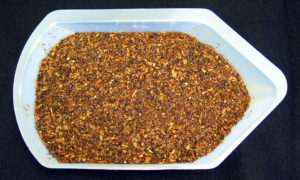
Due to differences in feed types, stocking density, water chemistry and natural pond fertility, general recommendations for feeding rates are difficult to make. It is also difficult to calculate even reasonably accurate estimates of the total biomass of prawns in ponds due to the problematic sampling or seining of prawns.
Generally, prawns are fed a fixed amount that depends on the pond size and number of prawns stocked. In most semi-intensive production systems, a moderate juvenile density of 4 to 8 animals per square meter is stocked in aerated ponds and initially fed 10 to 20 kilograms feed per hectare per day. The feed rate should be increased by approximately 5 kilograms per hectare every two weeks throughout the production period.
Maximum feeding levels are site- and management-specific, but 40 to 60 kilograms per hectare day is a likely maximum sustainable level, depending to a large extent on the amount of aeration provided (see Table 1). With appropriate feeding and normal prawn growth and survival, one should expect feed-conversion ratios of approximately 2.5:1 at harvest.
Prawns are territorial by nature, so it is important to spread feed uniformly throughout ponds. With small ponds, this is easily done manually by walking the perimeter of the pond and broadcasting the feed by hand. Commercial feed blowers are used by some, and others have fashioned feed blowers using leaf blowers or straw spreaders.
Some farmers who operate large ponds use boats to distribute feeds more evenly. It has also been recommended to concentrate feed in defined feeding areas, such as the shallow sections of ponds, to allow the monitoring of food consumption.
Feeding trays
The best way to measure food consumption is by feeding trays that can be lifted out of the water for inspection. Lift nets or feed trays can be constructed by attaching any netting with a mesh small enough to retain the feed particles to a wooden or metal frame.
The feed trays should be inspected every day before feeding to determine if there is any feed left over from the previous application. If there is leftover feed, the feed rate should be decreased. If not, the feeding should be increased. The need for operators to inspect the uneaten feed after 24 hours highlights an advantage of water-stable diets.
Management input
Within the definition of semi-intensive production, there are many levels of management input, which can include the use of substrates, the ability to exchange water, and the level of aeration provided. For example, in the temperate U.S., most producers use full-time or nightly aeration and tend to feed at much higher rates than farmers in tropical countries. This is partly due to the need for production intensification during the limited four-month growing season of most temperate culture, but also the high cost of farm labor.
In tropical areas, feed rates are often adjusted by observation of feed consumption, while in the U.S. this is seldom practiced due to high labor costs. In the U.S., prawns are usually fed according to preestablished feed projections, which are determined based on pond size, stocking density, amount of aeration, and level of management provided.
Table 1 provides feed rate projections for three levels of management input within semi-intensive production. The low rate is fed in situations where the stocking density is 2 to 4 prawns per square meter and aeration is absent or used only in emergencies. The moderate rate is used when prawns are stocked at 4 to 8 per square meter, with full-time or nightly aeration of 2.5 horsepower per hectare or more and little or no water quality monitoring. The high feed rate refers to prawns stocked at densities over 8 juveniles per square meter, with full-time or nightly aeration of 5 horsepower per hectare and routine water quality monitoring.
(Editor’s Note: This article was originally published in the December 2004 print edition of the Global Aquaculture Advocate.)
Now that you've reached the end of the article ...
… please consider supporting GSA’s mission to advance responsible seafood practices through education, advocacy and third-party assurances. The Advocate aims to document the evolution of responsible seafood practices and share the expansive knowledge of our vast network of contributors.
By becoming a Global Seafood Alliance member, you’re ensuring that all of the pre-competitive work we do through member benefits, resources and events can continue. Individual membership costs just $50 a year.
Not a GSA member? Join us.
Author
-
James H. Tidwell, Ph.D.
Aquaculture Research Center
Kentucky State University
103 Athletics Road
Frankfort, Kentucky 40601 USA
Tagged With
Related Posts
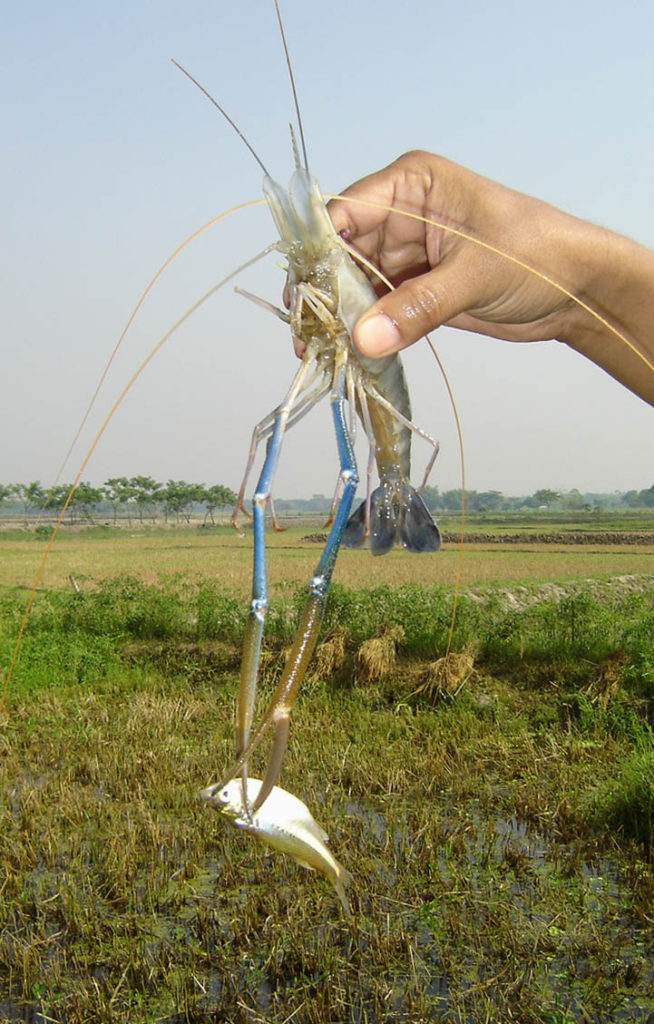
Responsibility
Bangladesh study examines potential for prawn cage farming
While Bangladesh's prawn industry is based on pond culture, a feasibility study was conducted to establish prawn cage culture to benefit resource-poor fishers and landless people.
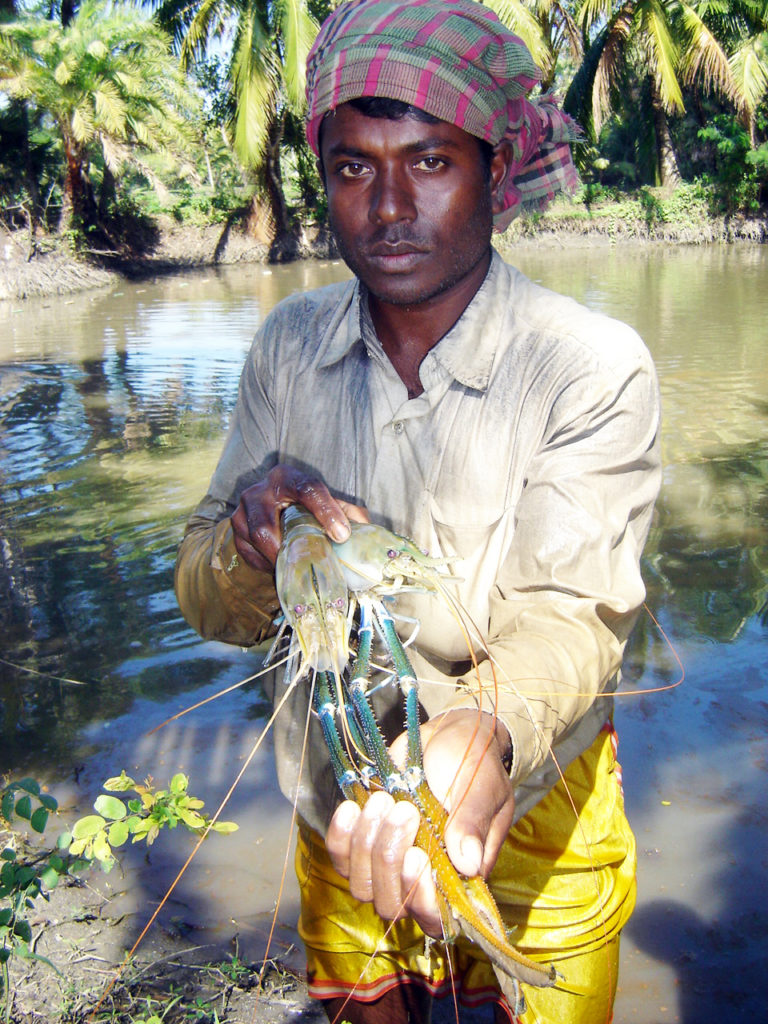
Responsibility
Integrated prawn-fish-rice culture aids Bangladesh farmers, related workers, economy
Prawn-fish-rice farming is considered highly efficient in terms of resource utilization through the complementary use of land and water. Integrated prawn farming plays an important role in the economy of Bangladesh, earning foreign exchange, increasing food production and providing employment opportunities.
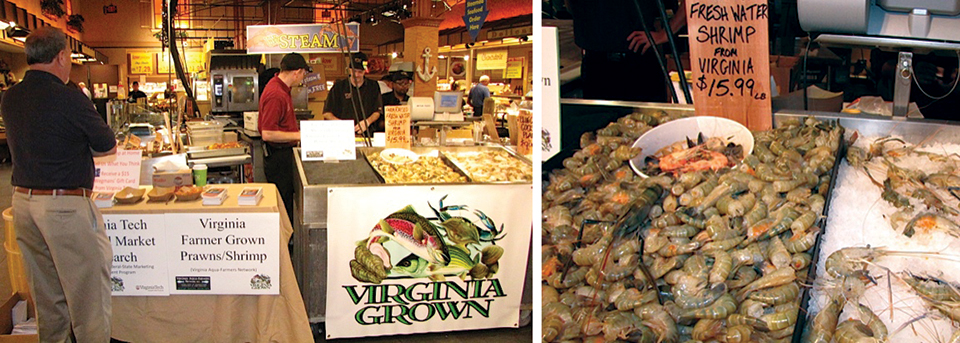
Health & Welfare
Market test: Farm-grown freshwater prawns
A small test market at a high-end grocery store near Washington, D.C., USA, showed that farm-grown freshwater prawns would sell to high-income consumers who had not previously tried the product.
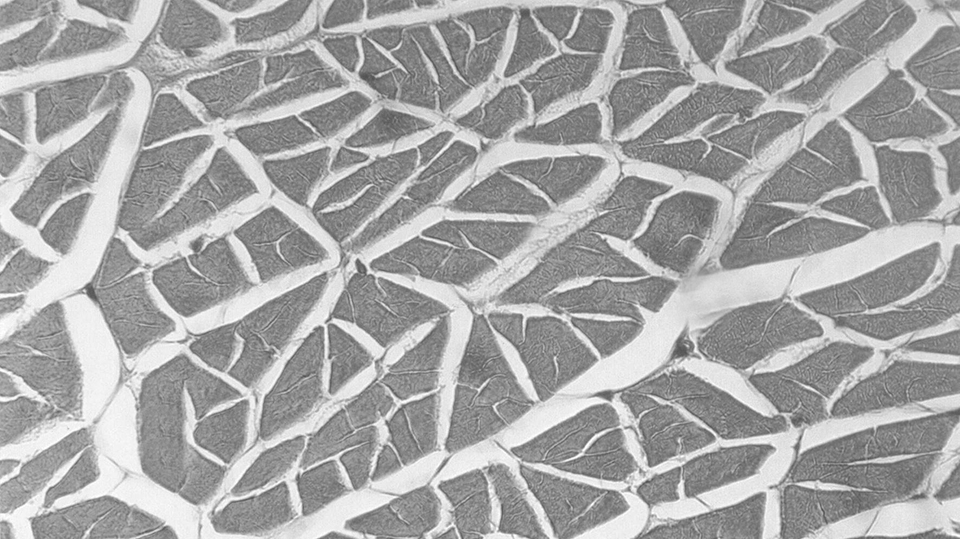
Health & Welfare
Freshwater prawns on ice
The Malaysian or giant freshwater prawn can be marketed live, chilled, or frozen. However, farmers face constraints regarding meat quality deterioration.


